TU95 and TU114
Discussion
Any speed over 500 mph or so and swept wings begin to give some benefits.
Here's a few swept wing prop aircraft I can recall -
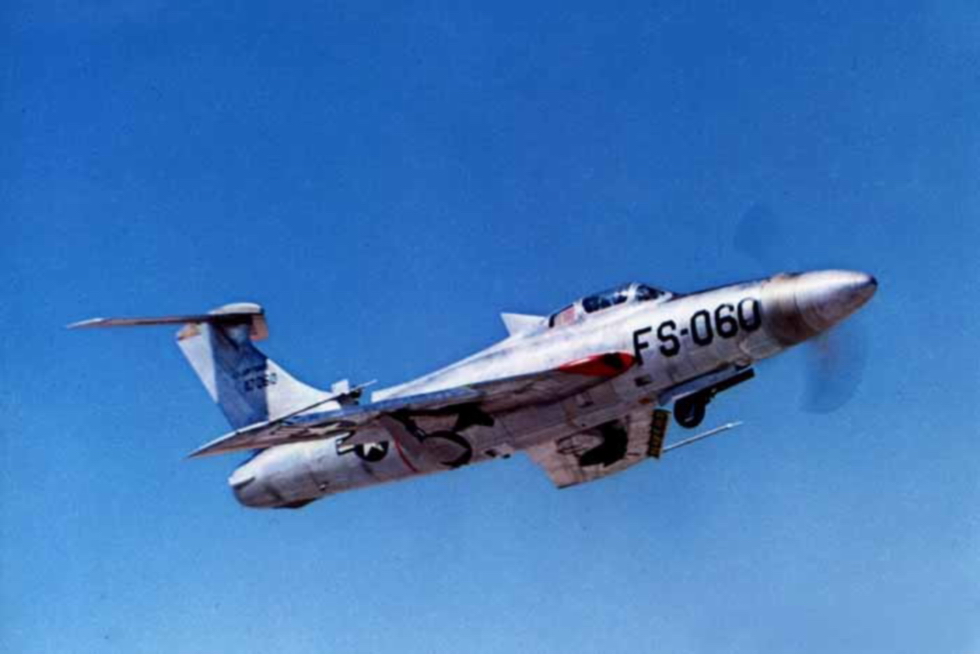
And another -
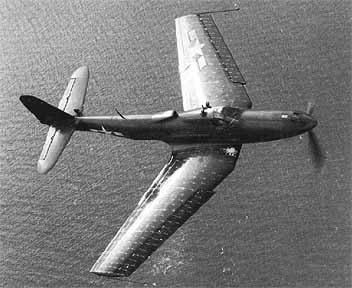
And another -
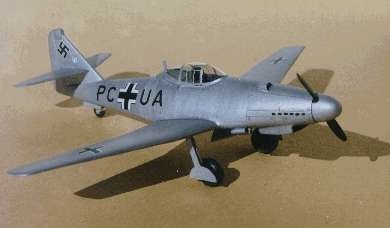
And another -

It has to be said however, that all these aircraft never really went beyond test or prototype stage. And it also needs to be remembered that a swept wing is also used in some cases to confer stability. It's not always there for high speeds -


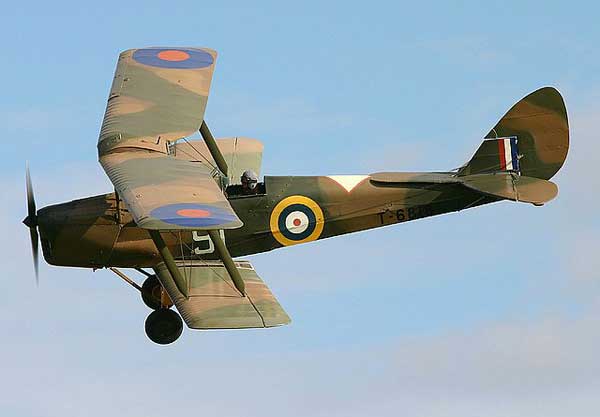
Here's a few swept wing prop aircraft I can recall -

And another -

And another -

And another -

It has to be said however, that all these aircraft never really went beyond test or prototype stage. And it also needs to be remembered that a swept wing is also used in some cases to confer stability. It's not always there for high speeds -

Yeap, the "top speed" on both of these is high-ish subsonic (0.75 Mach - 500kts) compared to most straight wing designs like the C-130 (0.5 Mach - 325 kts) although there are a few like the P-3 Orion which can go very slightly faster. Even the new A-400M has to use a slight sweep to achieve 0.66 Mach - 445kts.
Am reading "Wide Body" about the development of the 747, loads of interesting insight into swept wing development, the complexity of the aerodynamics involved is mind boggling, swept wings dont really work without a Yaw Damper and "flutter" and "Dutch Rolls" are a big issue that took some clever engineering to mitigate, well worth a read, if only to give an appreciation of the work the designers and test pilots did to advance aviation, all sort of seems obvious now but it certainly wasnt then.
A,lot of swept wing aircraft will have one or more yaw dampers to counter the yaw-roll coupling that is exacerbated with a swept wing.
However, more often than not Dutch Rolling occurs because the fin isn't big enough. De Havilland were notorious for this eg Comet/Nimrod and HS125.
On the Nimrod they gave the fin a fillet but it wasn't really enough. Even when the ARAR/ARAX electronic support messures system was replaced by the YELLOWGATE wingtip mounted pods they kept the 'banana' atop the fin so as not to reduce fin area.
The early HS-125 prototypes had their find above the tailplane extended for the same reason and from the -600 series had them extended again.
However, more often than not Dutch Rolling occurs because the fin isn't big enough. De Havilland were notorious for this eg Comet/Nimrod and HS125.
On the Nimrod they gave the fin a fillet but it wasn't really enough. Even when the ARAR/ARAX electronic support messures system was replaced by the YELLOWGATE wingtip mounted pods they kept the 'banana' atop the fin so as not to reduce fin area.
The early HS-125 prototypes had their find above the tailplane extended for the same reason and from the -600 series had them extended again.
Ginetta G15 Girl said:
A,lot of swept wing aircraft will have one or more yaw dampers to counter the yaw-roll coupling that is exacerbated with a swept wing.
What about forward swept wings, would this reduce the coupling? They never seem to have caught on.Also, what exactly is Dutch roll? I appreciate it's something to do with yawing leading to rolling but that's all.
It's a Yaw/Roll coupling whereby the aircraft's directional stability is overcome by its lateral stability.
Essentially it means that the aircraft snakes through the air but with an oscillatory rolling component.
Lateral stability can be conferred with dihedral and is increased with sweep back, hence aircraft like the Harrier having fairly extreme anhedral and aicraft like the Tornado having such a big fin.
Forward swept wings are more unstable in Yaw which would tend to increase any Dutch Rolling tendency.
The main problem with forward swept wings is aero-elasticity - the wingtip tries to twist upwards which means you have difficulties in making the structure stiff enough to counnteract this - as the tip twists it produces more lift thus increasing the twist.
Essentially it means that the aircraft snakes through the air but with an oscillatory rolling component.
Lateral stability can be conferred with dihedral and is increased with sweep back, hence aircraft like the Harrier having fairly extreme anhedral and aicraft like the Tornado having such a big fin.
Forward swept wings are more unstable in Yaw which would tend to increase any Dutch Rolling tendency.
The main problem with forward swept wings is aero-elasticity - the wingtip tries to twist upwards which means you have difficulties in making the structure stiff enough to counnteract this - as the tip twists it produces more lift thus increasing the twist.
Edited by Ginetta G15 Girl on Monday 7th November 19:43
Ginetta G15 Girl said:
Lateral stability can be conferred with dihedral and is increased with sweep back, hence aircraft like the Harrier having fairly extreme anhedral and aicraft like the Tornado having such a big fin.
That's interesting. I always thought the anhedral on the Harrier, or on many high wing types, was simply to reduce lateral stability to manageable levels. So does the Tornado have a big fin to improve lateral stability when the wings are forward or to reduce it when the wings are back? The entire tail on the Tornado is huge so I'd assumed it was to deal with a rearward C of G like on a VC10.Dr Jekyll said:
Ginetta G15 Girl said:
Lateral stability can be conferred with dihedral and is increased with sweep back, hence aircraft like the Harrier having fairly extreme anhedral and aicraft like the Tornado having such a big fin.
That's interesting. I always thought the anhedral on the Harrier, or on many high wing types, was simply to reduce lateral stability to manageable levels. So does the Tornado have a big fin to improve lateral stability when the wings are forward or to reduce it when the wings are back? The entire tail on the Tornado is huge so I'd assumed it was to deal with a rearward C of G like on a VC10.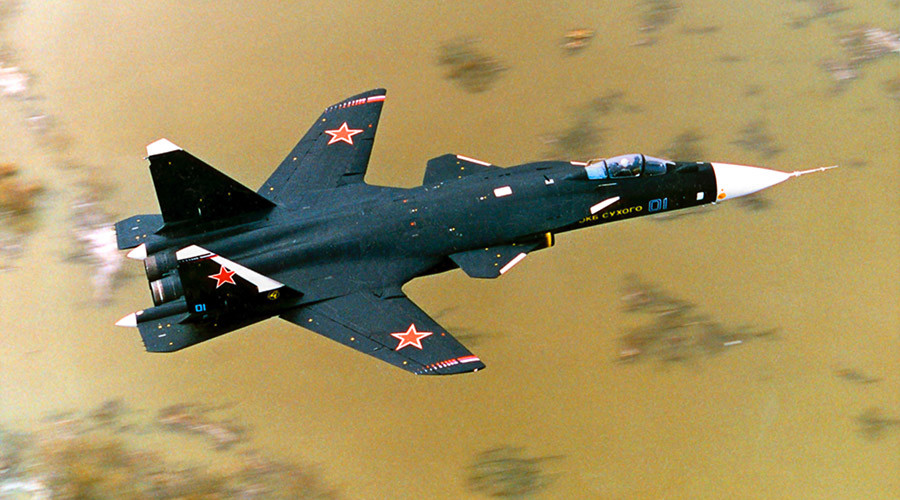
(Think the problem with forward swept wing was due to controllability with the tips flexing up converting the wing into a huge aileron)?
Still just an awesome looking aircraft
Forward swept wings have to be very stiff - which usually means they will be heavier than a similar sized swept back wing. The concept has been tried a few times but as far as I know the only aircraft to have the feature and enter production was the Hansajet -

The Germans had been interested in the idea since World War 2 -

And NASA conducted tests into the idea in the 1980s -


The Germans had been interested in the idea since World War 2 -

And NASA conducted tests into the idea in the 1980s -

On the Tigermoth (and Short Sunderland) the wings were swept to move the centroid of lift. The Tigermoth's front cockpit had to be on the CofG so that it wad flyable with or without an occupant sat there without faffing with ballast, so it clashed with where the upper wing cabanes wanted to be. The solution was to move the cabane struts forward of the cockpit and sweep the wings back to put the centroid of lift back where it should be.
Forward swept wings come with massive structural problems - it's very difficult indeed to build in the necessary torsional stiffness without wiping out any prospect of a usable payload, hence why those which did have forward swept wings were either failures (Arado's jet bomber concept) or low aspect ration stubby little wings made from nice and stiff composites.
Forward swept wings come with massive structural problems - it's very difficult indeed to build in the necessary torsional stiffness without wiping out any prospect of a usable payload, hence why those which did have forward swept wings were either failures (Arado's jet bomber concept) or low aspect ration stubby little wings made from nice and stiff composites.
The XF84H Thunderscreech - that weird and wonderful thing at the top of Eric's first post was an experiment using a Republic F84F airframe to see if a propeller driven aircraft could be flown supersonic if the blade tips were already ... supersonic.
It didn't work (or maybe it did - they got the answer, which was "no"), but the aircraft was supposedly obscenely noisy to the extent that it made everyone anywhere near it, including the test pilot, acutely nauseous. I read that every single test flight resulted in an emergency landing because the pilot needed out of the cockpit.
It didn't work (or maybe it did - they got the answer, which was "no"), but the aircraft was supposedly obscenely noisy to the extent that it made everyone anywhere near it, including the test pilot, acutely nauseous. I read that every single test flight resulted in an emergency landing because the pilot needed out of the cockpit.
Ginetta G15 Girl said:
jamieduff1981 said:
On the Tigermoth (and Short Sunderland) the wings were swept to move the centroid of lift.
I think you mean Centre of Lift, or rather Centre of Pressure.Edited by Ginetta G15 Girl on Wednesday 9th November 00:43
Short Shetland perhaps? Kind of, but not really.
jamieduff1981 said:
On the Tigermoth (and Short Sunderland) the wings were swept to move the centroid of lift. The Tigermoth's front cockpit had to be on the CofG so that it wad flyable with or without an occupant sat there without faffing with ballast, so it clashed with where the upper wing cabanes wanted to be. The solution was to move the cabane struts forward of the cockpit and sweep the wings back to put the centroid of lift back where it should be.
I thought the swept wing on the Tiger Moth was simply because although earlier Moths worked with straight wings, the wing structure got in the way if the front occupant wanted to bail out.Ginetta G15 Girl said:
jamieduff1981 said:
On the Tigermoth (and Short Sunderland) the wings were swept to move the centroid of lift.
I think you mean Centre of Lift, or rather Centre of Pressure.Edited by Ginetta G15 Girl on Wednesday 9th November 00:43

Gassing Station | Boats, Planes & Trains | Top of Page | What's New | My Stuff




